The ocean is an enormous physique of saline water that covers roughly 72% of the Earth’s floor. In line with NOAA, there is just one International Ocean. Nevertheless, this ocean has been divided into distinct named geographic areas by international locations and oceanographers. At the moment, most nations together with the US acknowledges 5 ocean basins, specifically Arctic, Atlantic, Indian, Pacific, and Southern. Collectively, they maintain round 97% of the water discovered on Earth and considerably affect international climate patterns and meals provide chains. The ocean homes a plethora of marine organisms starting from marine microbes to the world’s largest animal, the blue whale. Nevertheless, though the ocean performs a significant function in sustaining life on Earth, we now have explored or mapped solely about 20% of the ocean. The remaining stays a thriller.
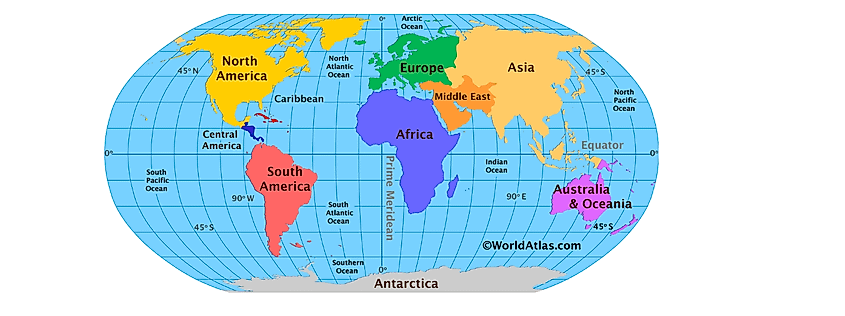
1. Arctic Ocean
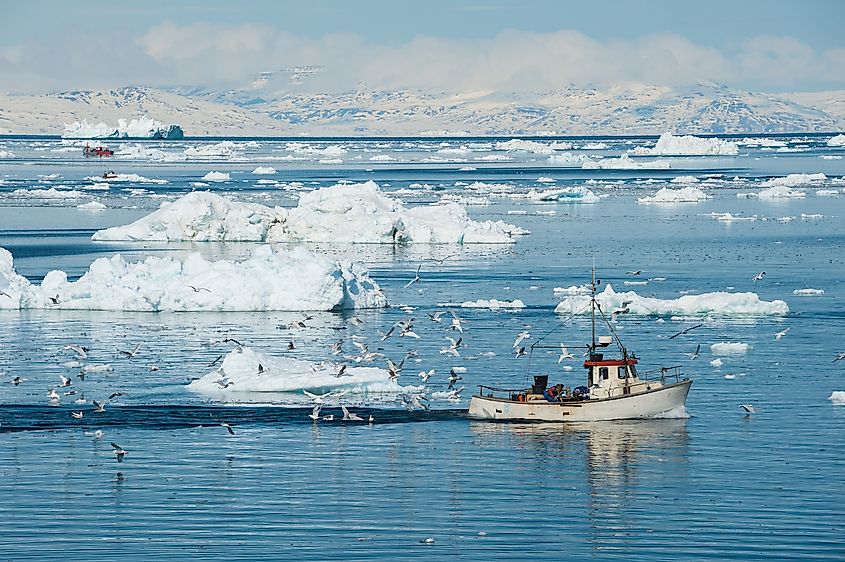
The smallest, coldest, and shallowest of the oceans of the world, the Arctic Ocean is positioned within the Northern Hemisphere’s Arctic north polar area. The Arctic Ocean has a roughly round basin that’s practically enclosed by the continental landmasses of North America, Eurasia, Greenland, and several other smaller islands. The realm occupied by the ocean is about 15,558,000 sq. km, and its shoreline extends for 45,389 km. The utmost recorded depth is discovered to be 18,456 ft. The Bering Strait connects the Arctic Ocean to the Pacific Ocean. The Greenland Sea and the Labrador Sea varieties the connection between this ocean and the Atlantic Ocean. The international locations bordering the Arctic Ocean are the US, Canada, Iceland, Greenland, Norway, and Russia. Barrow and Prudhoe Bay in Alaska; Churchill, Nanisivik, and Inuvik in Canada; Nuuk in Greenland; Kirkenes, Vardø, and Longyearbyen in Norway; and several other ports like Murmansk, Tiksi, and Pevek in Russia, all lie on the Arctic coast.
The Arctic Ocean is positioned in a polar climatic zone characterised by frigid year-round temperatures. Lengthy midnights engulf the ocean throughout winters and summers are characterised by steady daylight. The marine habitat of the Arctic Ocean is a fragile ecosystem that’s extremely prone to slight disruptions in climate. Threatened species of whales and walruses inhabit the ocean. Vegetation within the Arctic Ocean is scarce aside from considerable volumes of phytoplanktons. The Lion’s mane jellyfish and the banded gunnel are among the many few species of marine creatures inhabiting the Arctic Ocean’s waters. The ocean mattress additionally hosts petroleum and pure fuel fields, polymetallic nodules, and placer deposits.
Like different oceans of the world, local weather change threatens to adversely have an effect on the marine ecosystem of the Arctic Ocean. As per analysis, the Arctic would possibly develop into ice-free by 2040. This transformation would load the Arctic with giant volumes of meltwater and have an effect on the ocean currents prevailing within the area. These alterations would, in flip, trigger a drastic change within the international local weather.
2. Atlantic Ocean
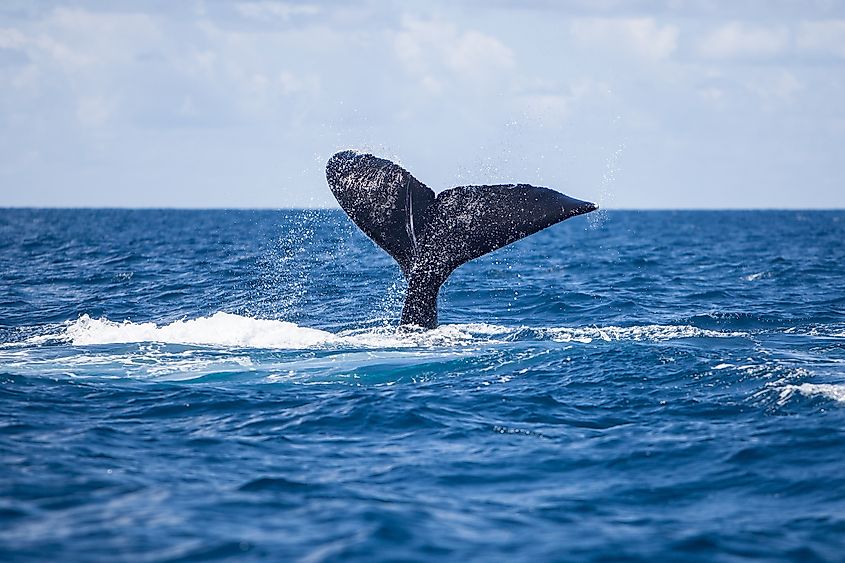
The Atlantic Ocean spans an space of 85,133,000 sq. km. The Atlantic Ocean is bounded by the landmasses of North and South America to the west and Asia and Africa to the east. The Arctic Ocean lies to its north, the Southern Ocean to its south, Pacific to the southwest and Indian Ocean to the southeast. The typical depth of the Atlantic Ocean is 3,646 m and the Milwaukee Deep (8,380 m) within the Puerto Rico Trench, is its deepest identified level.
For the reason that Atlantic Ocean is huge, its local weather varies broadly from the north to the south. Heat and chilly ocean currents within the Atlantic additionally affect the local weather of the coastal areas on the shores of the Atlantic. The Gulf Stream and the North Atlantic Drift are answerable for holding giant components of the coast of north-western Europe and the British Isles heat when the coast of Newfoundland in Canada on the identical latitude experiences excessive temperatures in winter.
The Atlantic Ocean has contributed considerably to the economic system of many countries. Petroleum deposits on the Atlantic’s flooring, valuable stones, placer deposits, and polymetallic nodules are considerable. The Atlantic additionally hosts wealthy fishing assets with haddock, cod, mackerel, herring being the chief commercially necessary fish species.
A number of uncommon and threatened species of marine life like sea turtles, whales, dolphins, manatees, seals, sea lions abound within the Atlantic. Frequent oil spills, municipal sewage air pollution, industrial air pollution, bycatch throughout irresponsible and outdated fishing actions all threaten the marine life within the Atlantic Ocean.
3. Indian Ocean
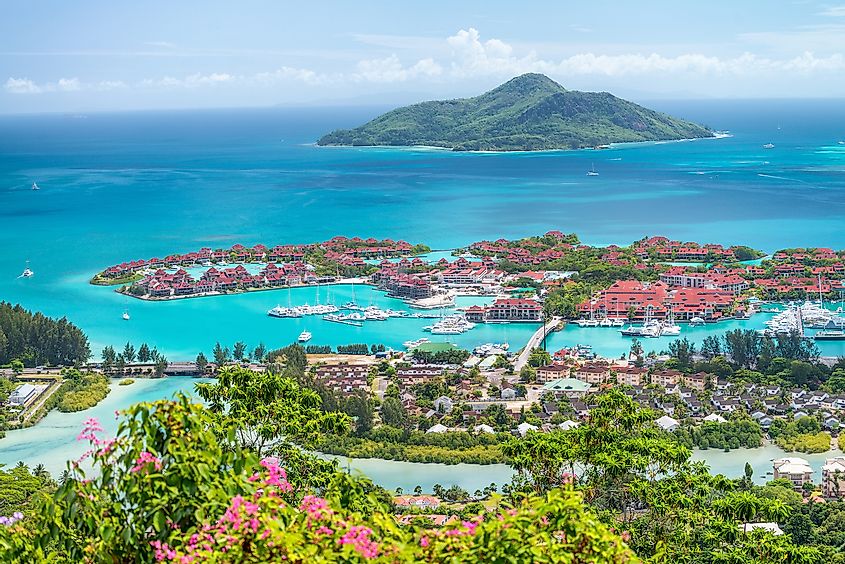
The Indian Ocean occupies 70,560,000 sq. km space on the Earth’s floor. The Eurasian landmass lies to the north of the Indian Ocean, Australia to the east, Africa to the west and the Southern Ocean and Antarctica to the south. 3,741 m is the typical depth of the Indian Ocean, and its deepest level is Diamantina Deep. The depth on this area is 8,047 m.
The Indian Ocean area experiences a monsoon kind of local weather. Cyclones are frequent through the summer time season. This ocean can be the warmest ocean on the earth. The nice and cozy tropical waters of the ocean help an important range of life. The abundance of phytoplankton and aquatic flora helps a fancy meals chain. Thus, the Indian Ocean provides profitable fishing grounds and fish, particularly tuna and shrimp caught right here, are offered to markets internationally. Nevertheless, regardless of this nice biodiversity, local weather change is taking its toll on the Indian Ocean ecosystem. Overfishing within the waters can be disturbing the marine life on this a part of the ocean.
4. Pacific Ocean
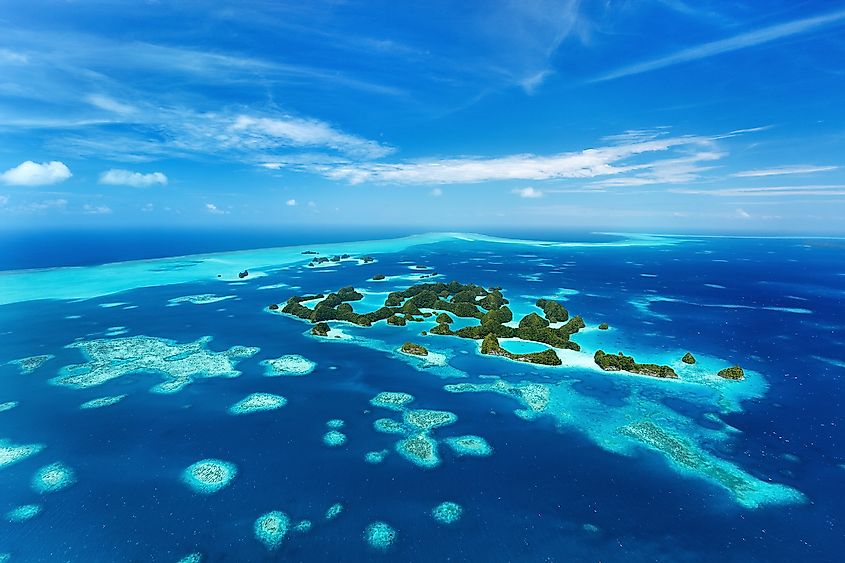
The most important area of the International Ocean, the Pacific Ocean has the Arctic Ocean to the north, the Southern Ocean to the south, Australia, and Asia to the west and the Americas to the east. Spanning an space of 168,723,000 sq. km, the Pacific Ocean accounts for one-third of the full floor space of the planet. The deepest level within the Pacific Ocean is the Challenger Deep within the Mariana Trench (10,929 m) positioned within the western North Pacific.
Giant components of the Pacific stay unexplored attributable to its nice depths. Nevertheless, within the comparatively shallow waters off the coast of Australia and New Zealand, petroleum and pure fuel deposits have been found. Pearl extraction can be frequent within the Pacific’s waters. A big number of fish like tuna, salmon, swordfish, herring, snapper, and so forth., abound in components of the Pacific.
At the moment, the Pacific Ocean and its marine life aren’t secure. Numerous extremely polluted rivers from the international locations of southeast Asia and east Asia drain into this ocean, contaminating the waters with pollution. Fertilizer and pesticide wash-off from agricultural fields, sewage, and industrial wastes all drain into the ocean by way of these rivers. Extra of oxygen depleting pollution triggers hypoxia and creates lifeless zones within the ocean. Overfishing within the Pacific has additionally depleted its marine wealth vastly. Quite a few uncommon and threatened species is getting depleted in giant numbers as bycatch.
5. Southern Ocean
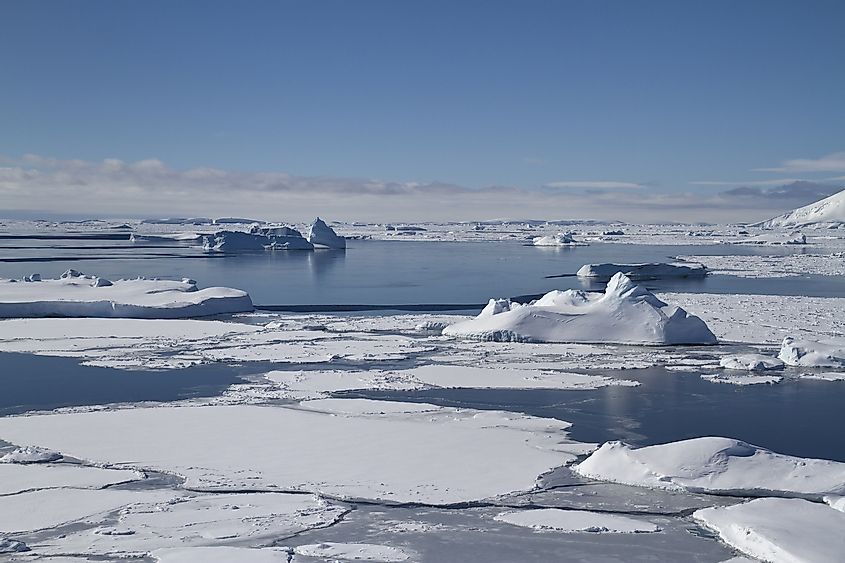
Encircling Antarctica, south of the 60° S latitude, is the Southern Ocean or the Antarctic Ocean. It’s the southernmost of the 5 areas of the International Ocean and the fourth largest of the 5. Although the Southern Ocean doesn’t have a landmass bordering it to the north, it’s handled as a separate oceanic division because of the distinction in water properties of the ocean south of the 60° S latitude. It’s a deep ocean with depth ranging between 4,000 and 5,000 m throughout most components.
Researchers estimate that the Southern Ocean seabed is a storehouse of large oil and fuel fields, beneficial minerals like gold, placer deposits, manganese nodules, and extra. The icebergs of the Southern Ocean are handled as freshwater assets, ample to feed each individual on Earth for a interval of a number of months. The Southern Ocean can be one of the harmful components of the ocean for ships. Uneven seas, storms, and iceberg interventions are frequent. The remoteness additionally prevents rescue missions from reaching the ships in want.
The Southern Ocean is residence to distinctive species specifically tailored to outlive the frigid climate situations. Penguins, orcas, whales, seals, colossal squids are a few of the most notable species of the Southern Ocean. Numerous migratory birds could be noticed within the oceanic area and Antarctica. These embrace terns, gulls, albatrosses, skuas, petrels, and so forth. A number of threats are skilled by the marine inhabitants of the Southern Ocean. The Antarctic ozone gap within the ozone layer above permits dangerous UV rays to succeed in the marine habitat, decreasing phytoplankton by as a lot as 15%. Unregulated fishing additionally reduces the fish inventory within the ocean which disturbs the meals chain and impacts the survival of the opposite species within the chain.

















































